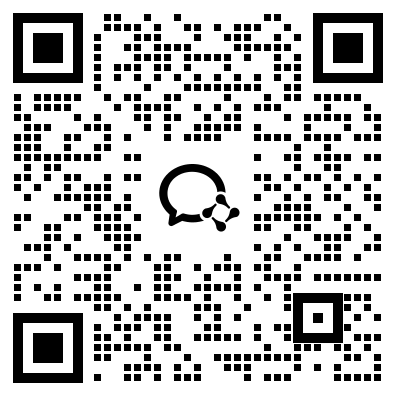"Table 661" of "Differential $t\bar{t}$ cross-section measurements using boosted top quarks in the all-hadronic final state with 139 fb$^{-1}$ of ATLAS data"
收藏Mendeley Data2024-06-25 更新2024-06-29 收录
下载链接:
https://www.hepdata.net/record/137240
下载链接
链接失效反馈资源简介:
Measurements of single-, double-, and triple-differential cross-sections are presented for boosted top-quark pair-production in 13 TeV proton--proton collisions recorded by the ATLAS detector at the LHC. The top quarks are observed through their hadronic decay and reconstructed as large-radius jets with the leading jet having transverse momentum ($p_{\rm T}$) greater than 500 GeV. The observed data are unfolded to remove detector effects. The particle-level cross-section, multiplied by the $t\bar{t}\rightarrow WWb\bar{b}$ branching fraction and measured in a fiducial phase space defined by requiring the leading and second-leading jets to have $p_{\rm T}$ > 500 GeV and $p_{\rm T}$ > 350 GeV, respectively, is $331 \pm 3 \rm{(stat.)} \pm 39 \rm{(syst.)}$ fb. This is approximately 20% lower than the prediction of $398^{+48}_{-49}$ fb by POWHEG+PYTHIA8 with next-to-leading-order (NLO) accuracy but consistent within the theoretical uncertainties. Results are also presented at the parton level, where the effects of top-quark decay, parton showering, and hadronization are removed such that they can be compared with fixed-order next-to-next-to-leading-order (NNLO) calculations. The parton-level cross-section, measured in a fiducial phase space similar to that at particle level, is $1.94 \pm 0.02 \rm{(stat.)} \pm 0.25 \rm{(syst.)}$ pb. This agrees with the NNLO prediction of $1.96^{+0.02}_{-0.17}$ pb. Reasonable agreement with the differential cross-sections is found for most NLO models, while the NNLO calculations are generally in better agreement with the data. The differential cross-sections are interpreted using a Standard Model effective field-theory formalism and limits are set on Wilson coefficients of several four-fermion operators.
创建时间:
2023-06-28



